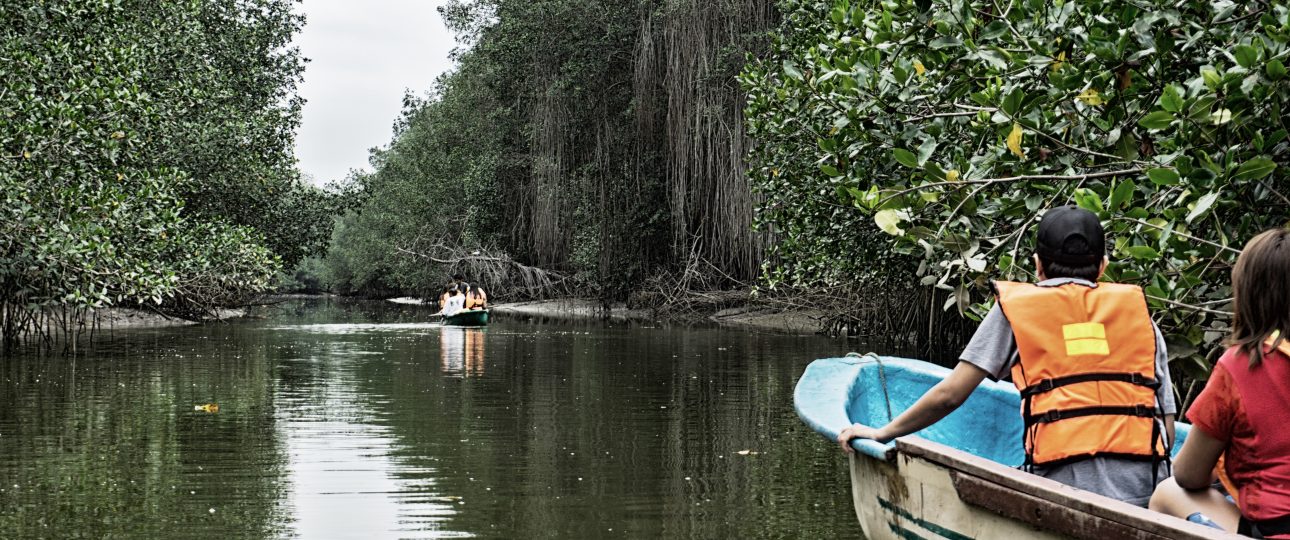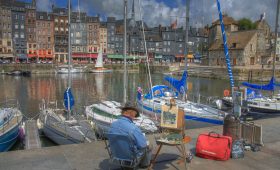Tumbes Mangroves National Sanctuary: A Unique Ecosystem in Peru
Location and Geography
Located in the Tumbes Region of Peru, near the border with Ecuador, the Tumbes Mangroves National Sanctuary spans approximately 29.72 square kilometers. This area is home to the largest mangrove forest in Peru. The sanctuary’s landscape is defined by dense mangrove forests, seasonal dry forests, and scrubland, creating a diverse ecosystem.
Flora and Fauna
The sanctuary is dominated by five species of mangroves: black mangrove (Avicennia germinans), white mangrove (Laguncularia racemosa), button mangrove (Conocarpus erectus), and two species of red mangrove (Rhizophora mangle and Rhizophora harrisonii). The surrounding areas also feature various tree species such as Pithecellobium excelsum and Ceiba trischistandra.
Wildlife
The sanctuary protects a rich array of wildlife. It is home to 148 bird species, including the yellow-crowned night heron and the American white ibis. The area also supports 105 fish species and 40 migrant species. Mammals such as the crab-eating raccoon, silky anteater, and neotropical otter can be found here, making it a fascinating destination for wildlife enthusiasts.
Birdwatching Opportunities
With its diverse avian population, the sanctuary is a prime spot for birdwatching. Bring your binoculars to catch sight of the rufous-necked wood rail or the American yellow warbler. The sanctuary’s varied habitats provide excellent opportunities for observing these and other species in their natural environment.
Exploring the Mangroves
To truly appreciate the sanctuary, consider taking a boat tour. These guided excursions navigate the mangrove-lined waterways, offering a close-up view of the unique ecosystem. The towering mangrove trees and their intricate root systems create a captivating landscape.
Marine Life
The waters of the Tumbes Mangroves are rich with marine life. While exploring, you might spot dolphins or sea turtles. Snorkeling and diving can reveal vibrant coral reefs and a variety of colorful fish, making it a rewarding experience for marine enthusiasts.
Local Culture and History
The sanctuary is surrounded by indigenous communities with deep-rooted traditions. Visitors can learn about local customs, enjoy traditional cuisine, and experience cultural expressions through music and dance.
Historical Context
Historically, the area was significant for the ancient Moche civilization. Although the sanctuary itself does not contain major archaeological sites, the region’s history adds depth to the cultural experience.
Best Time to Visit
The ideal time to visit the Tumbes Mangroves is during the dry season, from May to September. During these months, the weather is more favorable, and water levels are lower, facilitating better wildlife viewing and easier navigation.
Getting There
The sanctuary is accessible by air and land. The nearest airport is Capitan FAP Pedro Canga Rodriguez Airport in Tumbes, with regular flights from Lima and other major Peruvian cities. From the airport, taxis and buses are available to reach the sanctuary. Alternatively, you can drive or take a bus from other cities in Peru.
Local Transportation
Once at the sanctuary, hiring a local guide or joining an organized tour is recommended. Guides are knowledgeable about the area and can safely navigate the waterways while providing insights into the ecosystem and its inhabitants.




